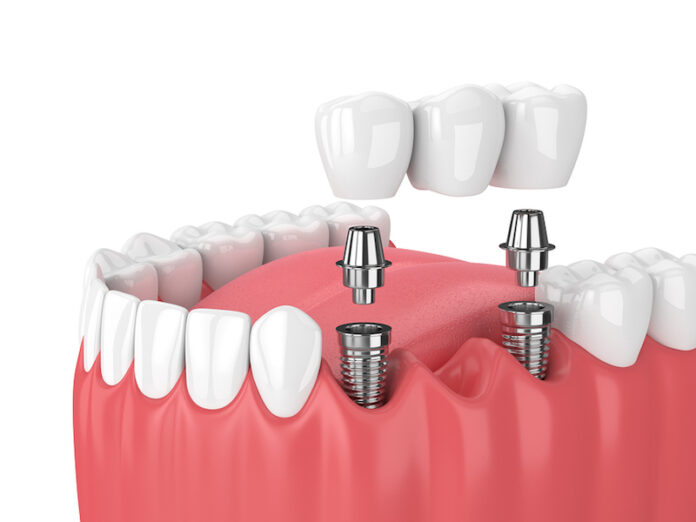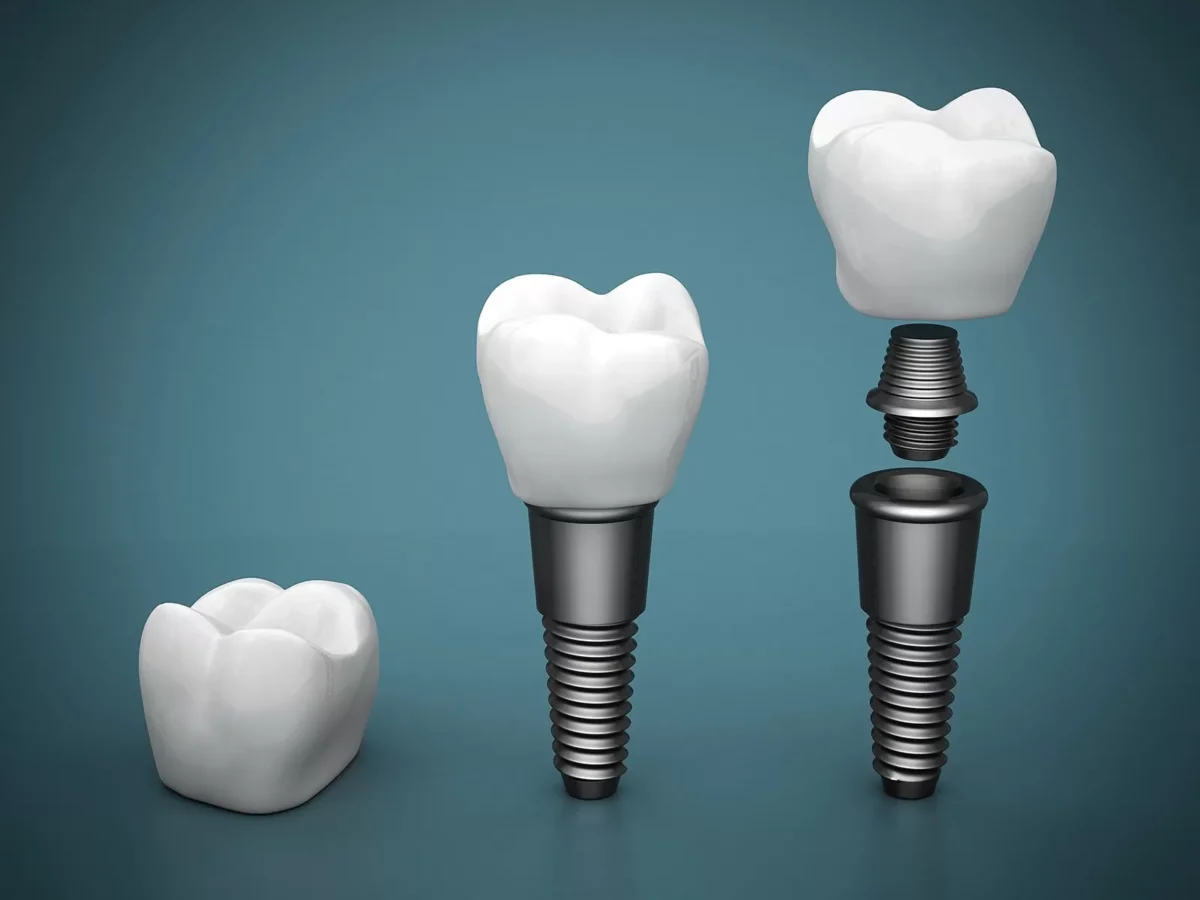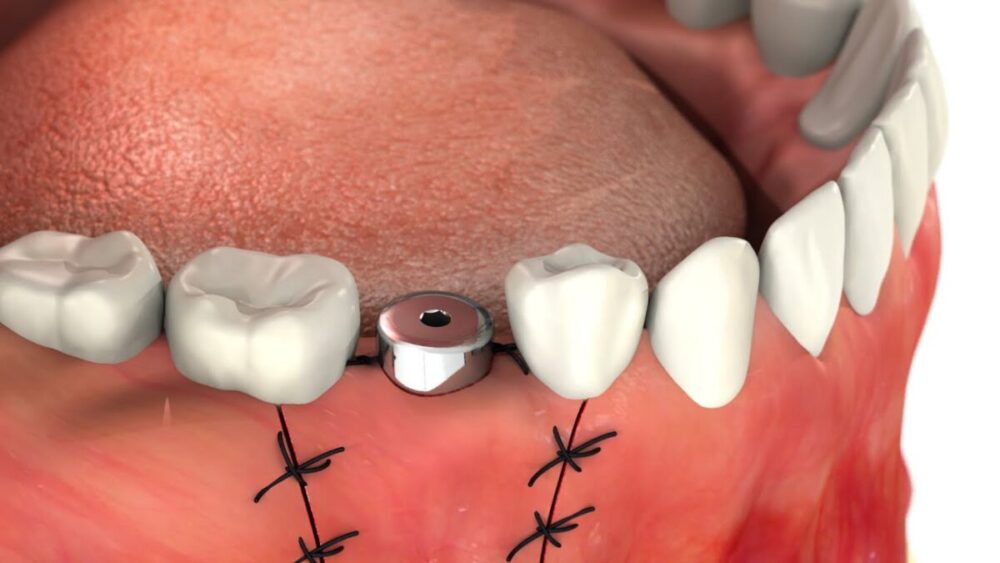
The process of getting dental implants can be a long and complicated journey, with multiple stages involved from the initial consultation to the final placement of the artificial tooth. One of the key stages in this process is the abutment placement, which is a crucial component that connects the implant to the artificial tooth. The timing of this step can vary greatly depending on a number of factors, such as the patient’s oral health and the type of implant used. In this article, we will explore the various factors that can impact the length of time it takes for an abutment to be placed after a dental implant procedure, and what you can expect throughout the process.
Abutment dental implants are prosthetic devices typically used to substitute a tooth. Used in conjunction with dental implants it plays an important supporting role.
Imagine building a tower with blocks, the abutment is equivalent to the block sitting on top of the foundation holding the tooth in place. It’s placement represents an essential step in the dental implant process but one that often raises questions, most notably about time.
Understanding the Abutment Dental Implant Timeline
With many factors that can affect the timeline there is no one size fits all answer to this question however, the general waiting period between implant placement and abutment placement will vary from two to six weeks.
The Process Behind Abutment Dental Implants

The procedure for getting an abutment dental implant can vary depending on the circumstances and the individual concerned however, it will usually go as follow:
- Initial Consultation: Having a dental professional assess your oral will help determine whether or not your case is a good one to undergo this procedure.
- Planning & Preparation: X rays as well as impressions of your mouth will need to be taken in order to organize the surgery and know where to place the implant.
- Surgery Procedure: Typically, the dentist will numb the area where the abutment will be located and a small incision will be made in the gums, exposing the mandible. As envisaged the abutment is then implanted and your gums stitched up.
- Abutment Placement: Once surgery has taken place your implant will need to heal and integrate your mandible which could take several month. Finally once fully healed, the dentist will place the abutment onto the implant through a second surgery.
- Crown Placement: Lastly impressions of your abutment a surrounding area will be taken in order to create a crown tailored to your mouth and teeth to be placed onto the abutment.
- Closing adjustments: If necessary, your dentist will have the option to make any needed adjustments to the crown if need be, ensuring a perfect fit and bit thus restoring your oral hygiene, smile and ability to eat and communicate.
The time it will take for the implant to fully integrate to the mandible will vary depending elements such as the patient’s overall health thus, patients who receive high quality care will tend to heal quicker.

From Implant to Abutment: Navigating the Timeline
As some implants are designed for the immediate placement of the abutment while others require a longer healing time, different types of implants will correspond to different healing times.
Additionally, depending on the surgical approach used a more or less rapid healing time may be promoted. Patients who refrain from smoking and avoid behaviors contraindicated by their dental professional will heal with ease.
If you’re missing teeth, consider abutment dental implant surgery, quick and easy the benefits are numerous. If you’re missing teeth, consider abutment dental implant surgery, quick and easy the benefits are numerous.








